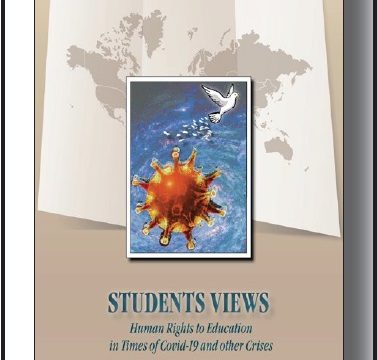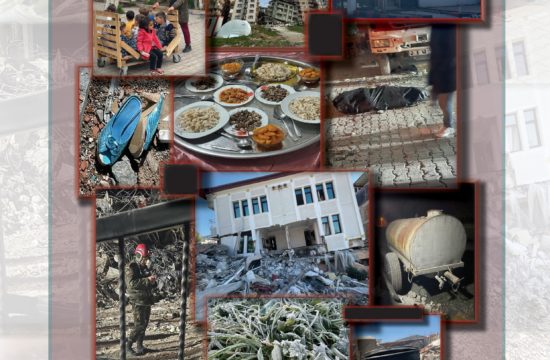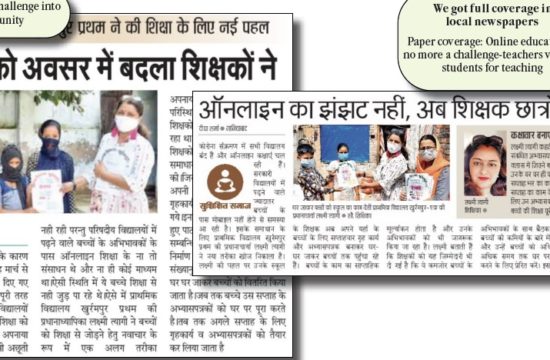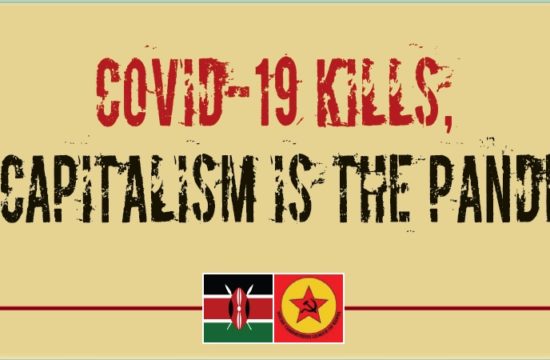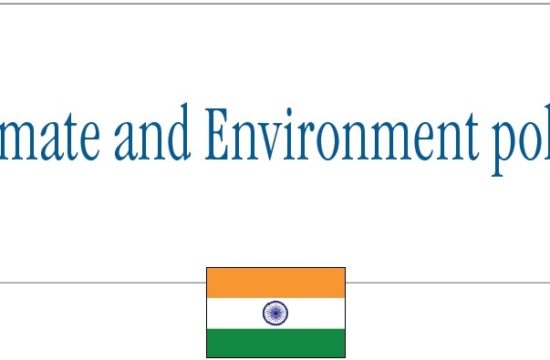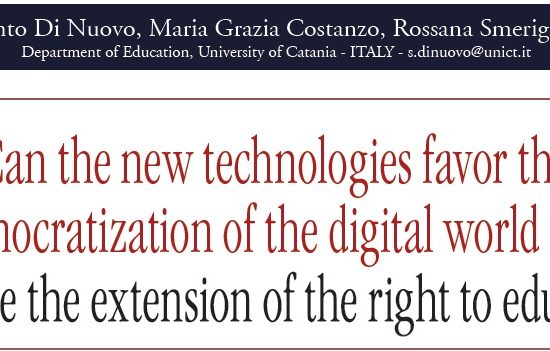Abdirashid Adam Isak
Senior Lecturer at Somali National University General Secretary of SONUT – Aaisak@snu.edu.so
Introduction
Education is a fundamental right guaranteed by international human rights law. Despite this, millions of children in conflict-affected countries like Somalia are denied access to education, putting their futures at risk. The right to education is not only a key component of human development but also a means to break the cycle of poverty and promote peace and stability. The impact of conflict on education is far-reaching, affecting not only the individuals directly involved but also the broader society.
Education provides a safe and protective environment for children, as well as the skills and knowledge they need to rebuild their communities and lives.
Right to Education in Conflict Zone:
The right to education is a fundamental human right recognized by international law. Despite this, millions of children in conflict-affected areas around the world are denied access to education, putting their futures at risk.
Conflict has a devastating effect on education systems, often causing the destruction of schools, the displacement of teachers and students, and the interruption of academic programs. The security situation in conflict areas also makes it difficult and sometimes even dangerous for chilchildren to attend school. In many cases, girls are disproportionately affected by the lack of access to education, as they are often the most marginalized and excluded from education in conflict zones.
Despite these challenges, there have been efforts to promote education in conflict areas. International organizations and non-governmental organizations (NGOs) have been working to provide education in emergency situations and support the reconstruction of education systems in conflict-affected areas. These efforts focus on providing access to education for children, especially girls, and supporting the development of a more inclusive and equitable education system.
Right to Education in Somalia:
In Somalia, the situation for children and education has been dire for many years. The country has been in conflict since 1991 and has experienced decades of violence and instability. This has disrupted education systems, destroyed schools, and made it difficult for children to access education. The security situation in the country remains fragile, with frequent attacks on schools, teachers, and students. The situation is particularly challenging for girls, who are often the most marginalized and excluded from education in conflict zones.
One of the biggest challenges to education in Somalia is the lack of funding. The country is one of the poorest in the world, and education is often not a priority for the government. International organizations and donors are often the main sources of funding for education in the country, but these resources are limited and often not sufficient to meet the needs of the country’s children.
Another major challenge is the lack of trained teachers. In conflict zones, teachers are often among the first to leave, and many do not return. This leaves children without access to quality education and makes it difficult for the education system to function effectively. There is also a shortage of schools and school supplies, which makes it difficult for children to access education even if they are able to attend classes.
Why education needs the support
from NGOs in conflict zones?
In conflict zones, the regular functioning of schools and educational institutions can be disrupted due to violence, displacement, and destruction of infrastructure. This leads to an interruption in the education of children, which can have long-term negative effects on their future prospects. NGOs can provide support by helping to rebuild schools and educational facilities, providing teachers and educational materials, and offering educational programs and scholarships to children in conflict-affected areas.
Additionally, NGOs can also play a role in promoting peace education and addressing the psychological impact of conflict on students. Overall, the support of NGOs is crucial in ensuring that children in conflict zones receive an education and have a chance to build a better future.
However, there are many reasons why education needs the support of humanitarian actors in conflict zones?
1. Because education continues during conflict, including near frontlines
During armed conflict, day-to-day life often carries on, even near the frontlines. Sooner rather than later, communities seek to resume education for their children, as part of their efforts to rebuild and move on with their lives.
In the east of Ukraine, for instance, many communities suddenly found themselves living next to a line of contact hundreds of kilometers long between government- and non- government- held areas. Initially, children followed classes from home, since schools were closed due to their proximity to the contact line. Over time, however, as the intensity of the fighting subsided and the contact line remained, life in these new ‘frontline communities’ had to regain some form of normalcy, as safely as possible. To this end, ICRC teams worked closely with school communities and education authorities to make schools safer. This included the creation of new evacuation routes, rehabilitation work on the premises and delivery of risk awareness and safer behavior sessions to children and teachers. It also included a dialogue with parties on both sides of the contact line to reduce the risks for civilians, including nearby school communities.
2. Because education can be politicized during conflict
It may seem counterintuitive, at first, but the fact that education can become politicized during a conflict is precisely the reason why neutral, impartial and independent actors need to step up. Humanitarian principles were not designed to guide action in consensual environments. Neutral, impartial and independent action is needed most where there is division and fragmentation.
For example, during the civil war in Sri Lanka and Nepal, neutrality was a key principle used in efforts by communities to reduce school closures, to prevent the presence of arms bearers inside and around schools, and the misuse of schools by political parties. The “Schools as Zones of Peace” approach initiated by Save the Children, UNICEF and numerous locals NGOs was centered on a process of dialogue between school communities, authorities, arms bearers and political parties.
The outcome was the development of public Codes of Conduct with ground rules for keeping schools off limits for political and military activity. Time and time again, a key success factor was the ability of affected communities, when supported, to persuade political stakeholders to place education in a neutral space, above politics; a clear humanitarian approach.
Politics also affect access to education through administrative, academic, social or financial barriers, which can exclude certain individuals, communities or groups sometimes deliberately, sometimes unintentionally. Who better than a humanitarian actor to spot these cases of exclusion and to promote a more inclusive access to education, based on the principle of impartiality?
Lastly, the trickiest point of the politics around education: education is information. It is one of the strongest vehicles for the transmission not only of knowledge and skills, but also of a view of society, history, values, principles and ideologies.
This is true in every country in the world. Where conflict has hit, however, education can be instrumentalized to transmit certain societal views and become divisive, contested by some and supported by others.
3. Because education cannot wait for systems to be strengthened, we need the speed and proximity of humanitarian actors to reduce the education gap in the meantime, directly at community level.
4. Because life goes on even at frontlines, we need humanitarian actors to help make going to school possible and safer.
5. Because the politics around education can intensify during armed conflict, we need humanitarian actors to support communities in their efforts to put education back where it should be: a basic right, not a political weapon or a bargaining chip.
Conclusion:
In conclusion, the right to education in conflict areas is essential for human development, peace, and stability. Despite the challenges, there have been efforts to promote education in these areas, and these efforts must continue. The international community must provide the funding and support necessary to ensure that all children, especially girls, have access to quality education. Only then can the cycle of poverty and conflict be broken and a brighter future be secured for those affected by conflict.


